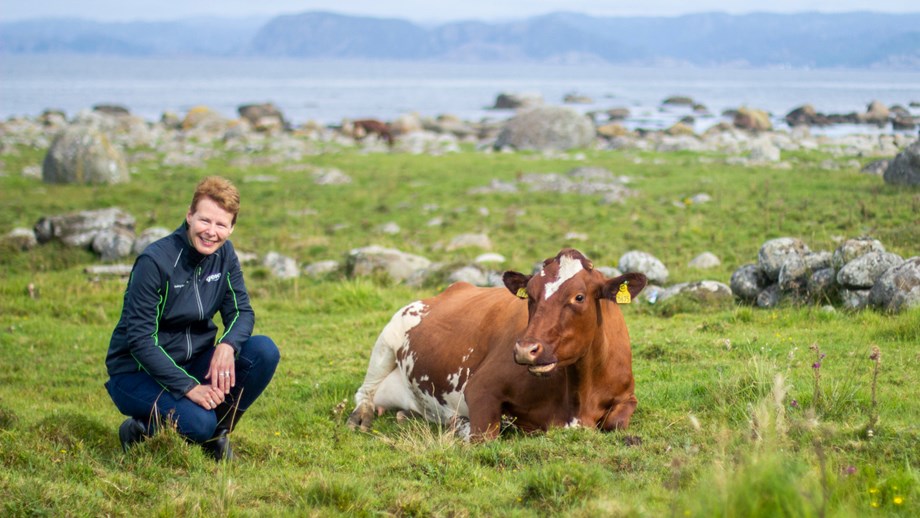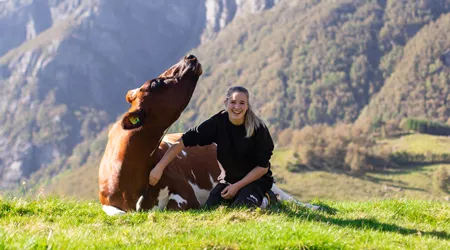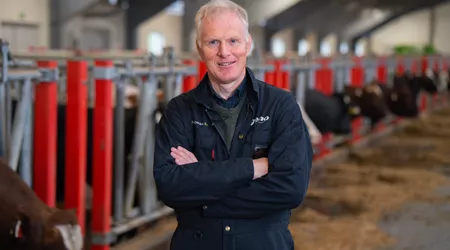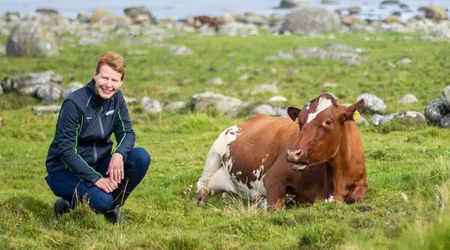The ongoing issue of environmental protection and climate change has firmly been on the agenda of many nations worldwide, and the 26th UN Climate Change Conference of the Parties (COP26) in Glasgow has proposed many key takeaways for companies to join forces and tackle the ongoing and concerning climate issues. While the COP26 goal is to reach net-zero by the middle of the century, the deal is also pressing countries and major companies to come forward with ambitious 2030 emissions reductions targets.
Geno and its Norwegian Red dairy cattle breed are already long on their way to push the commitments to tackle climate issues by focusing on lowering methane emission and improving genetics to produce healthier and more sustainable dairy cattle breeds for global use.
“Norwegian Red produces dairy cattle genetics with a broad breeding goal that safeguards both sustainability and climate. New and large data catches are constantly developed and monitored to help make the Norwegian Red population even greener and more sustainable”, expressed Kristin Malonæs, GENO’s CEO.
As of today, Geno and Norwegian Red breed have contributed to lowering greenhouse gas emissions through several significant projects and innovative solutions that put a strong focus on:
- Efficient production
- Few empty days from excellent fertility
- Few sick days from good health
- Milk and meat from the same animal (increased beef value from the cow)
- A new project for high-tech barns with methane monitoring for cows and bulls
The Green Cow project
The Green Cow project is led by Geno with strong support and collaboration from the Norwegian government, the Norwegian agriculture industry players, and the Norwegian dairy farmers who have been deeply passionate about innovative and sustainable farming since 1935. The project is developed with a bold objective to utilize innovation, advanced technology, and a system that facilitates breeding for a cow with vast milk production traits, superior health, and fertility, efficient feed, and therefore offering lower emissions of methane gas.
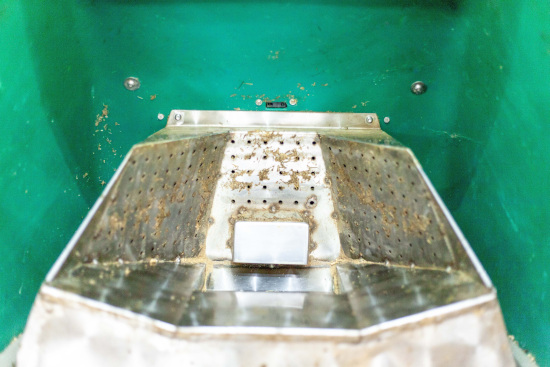 The GreenFeed equipment used to measure gas emissions. Photo: Nathalie Bjørneby
The GreenFeed equipment used to measure gas emissions. Photo: Nathalie Bjørneby
With Geno’s main goal to make the Norwegian Red breed the most climate-friendly and efficient dairy cattle in the world, the project framework includes investing and installing, so far, 17 GreenFeed equipment in barns throughout Norway. With new technology and new methods that are combined with existing equipment and methods to:
- Measure methane gas emissions at the individual level in a selection of herds.
- Gather other phenotype information on the same animals
- Genotype all animals with these new phenotypes
The Feed Efficiency project
One of the solutions to reduce greenhouse gas emissions from milk production lies in Geno's breeding work. As part of an important contribution to reduced emissions, Geno has installed equipment in selected Norwegian herds to measure individual differences in methane and carbon dioxide emissions within the Norwegian Red herd. This project is developed to provide Geno with insights and knowledge about how we can best reduce greenhouse gas emissions through breeding.
The Feed Efficiency project has been recently launched by Geno and aims to register real feed intake on as many cows in Norwegian barns as possible and will open the possibility to see the connection between feed efficiency with the cows' individual differences in emissions of methane gas from the rumen. In the long term, this project will also allow Geno’s research team to find the link between methane production from the micro-life in the rumen and the cow's ability to utilize the feed, hence developing the most efficient and climate-friendly cow.
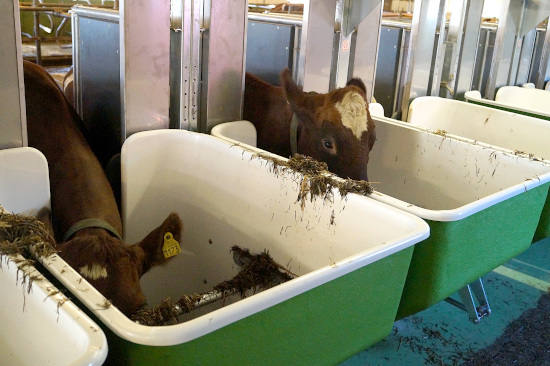
Equipment for feed intake data collection. Photo: Eli Hveem Krogsti
The Feed$aved trait – Reduced feed costs
Feed costs have a huge impact on profitability for dairy producers. Improving feed efficiency will reduce the cost of overall production and increase profit, while at the same time contributing to sustainable global dairy production.
One step towards improving feed efficiency is to reduce the feed required for the maintenance of body weight. Selecting for reduced body weight will subsequently reduce the feed needed for regular maintenance of routine body function. Feed$aved is a trait that has been carefully developed by Geno to help global customers select for reduced feed intake from Norwegian Red dairy cattle. It is a tool for selecting Norwegian Red (NR) sires with lower dry matter intake (DMI) requirements.
Investing and collecting big data
The continuity of data collection and the collaboration extended by the dairy industries, from farmers to dairy producers are critical for all these projects and research contexts. By investing heavily in the collection of big data, Geno will collect comprehensive, objective, and robust research results that will lay the foundation for the realization of significant emission cuts.
“In 2021, Geno's data flow from new projects has been already well established that the analysis and research work can begin. In 2024, it is expected that there is a basis for selecting animals with methane emissions as a trait, and we will then begin to make direct progress at the genetic level also for methane emissions. Breeding has permanent effects, and the genetic progress is cumulative, and it is possible to improve the genetics for each generation of breeding animals to be on the greener side”. added Malonæs.
Norway has committed itself to reducing greenhouse gas emissions by 55 percent by 2030, and agricultural organizations have entered an agreement with the Government - Agriculture's climate plan. The agreement entails a reduction of the industry's total emissions by 5 million tonnes of CO2 equivalents and extends from 2021 to 2030, and by focusing on these projects, Geno is already on its way to reaching the target.
